
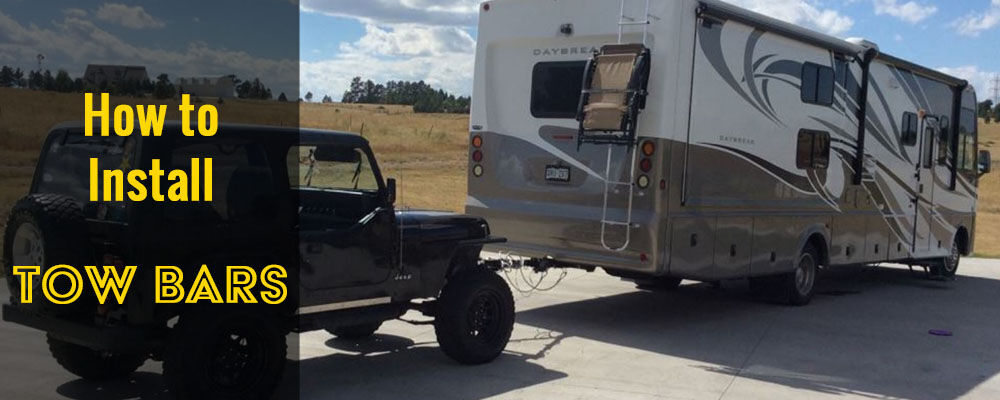
2 Ways to Install a Tow Bar: RV-Mount vs Vehicle-Mount
There are two ways tow bars can be installed:
An RV-mounted tow bar installs into your RV's hitch receiver with a hitch pin and clip. It's as simple as that. You can easily upgrade the hitch pin and clip that comes with the tow bar with a locking hitch pin to safeguard your tow bar from being stolen. We know some people at RV lots have sticky fingers. Once your RV-mounted tow bar is installed, it can stay there until you decide to replace it with a new tow bar. This type of tow bar connects to your dinghy's base plate via a crossbar, direct connect tabs, or twist lock mechanism. A vehicle-mounted tow bar installs onto the front of your towed vehicle. This sort of tow bar will either be stored on the front of your dinghy or will need to be stored separately. This type of tow bar connects to your RV via a coupler or lunette ring on the tow bar and a ball mount or pintel hook on your RV's hitch. Vehicle-mounted tow bars install using a crossbar, base plate direct connect attachments, or bolts to the dinghy's frame or base plate. Crossbar and direct connect vehicle-mounted tow bars can store on the front of your dinghy by folding them up. However, tow bars that bolt directly to your dinghy's frame or base plate generally need to be removed before driving the vehicle. That means every time you want to drive the dinghy, you have to completely uninstall the tow bar, store it out of the elements, then reinstall the tow bar when ready to flat tow again.
Should you choose an RV-mounted or vehicle-mounted tow bar?
RV-Mounted Tow Bar: A great benefit of an RV-mounted tow bar is that once it's installed, it stays on the back of your RV for easy storage and future use. Some tow bars exceed 50 lbs, so only having to install the tow bar once saves you time and effort. Additionally, RV-mounted tow bars are generally easier to use when preparing to flat tow. Because the tow bar is already installed on the back of your RV, you just need to park your dinghy behind your RV, extend the arms toward the dinghy's base plate, and connect the arms. We should note that RV-mounted tow bars are more costly than the average vehicle-mounted tow bar. Think $800 (RV-mounted) versus $300 (vehicle-mounted). This could be a major drawback to RV-mounted tow bars for some flat towers. Vehicle-Mounted Tow Bar: In general, vehicle-mounted tow bars are more economically priced than RV-mounted tow bars. If you're on a tight budget, we recommend you go with a vehicle-mounted tow bar. We've seen some folks try to engineer their own tow bar in order to save a few dollars. DON'T DO THAT! A homemade tow bar is not rigorously tested and weight rated like a manufactured tow bar is. There are plenty of budget-friendly tow bars for you to choose from. You may have to sacrifice convenience to save some money, but it's worth the peace of mind. Some flat towers do not like the idea of having a large tow bar on the front of their vehicle while driving, which is a drawback of some vehicle-mounted tow bars. A vehicle-mounted tow bar that stores on the front of your dinghy can add 8" or more to the front of your vehicle. Forget that it's there when pulling into a parking space, you're going to hear a some crunching as you drive your tow bar into your vehicle. Tow bars that cannot store on the front of your dinghy have to be stored separately from the vehicle and out of the elements. This means that you have to have dry storage space at home, RV lot, and the campsite for your tow bar. Moreover, you have to lug the tow bar to and from your vehicle anytime you want to flat tow. People who have problems lifting heavy objects will be happier with an RV-mounted tow bar.
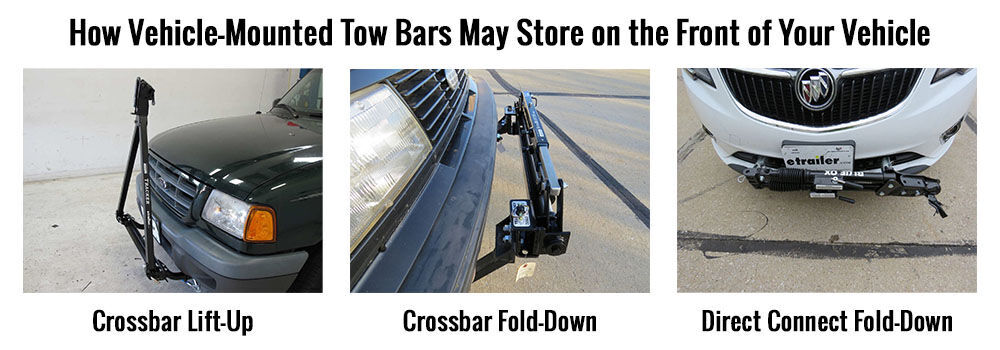
How Do These Tow Bars Install for Flat Towing?
Installing a Tow Bar Precautions
RV-Mounted Tow Bar Installation
Install an RV-Mounted Tow Bar
Step 1: Prepare the Tow Bar
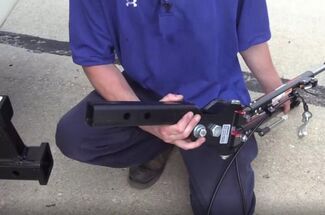
Step 2: Insert Tow Bar Shank into Hitch Receiver
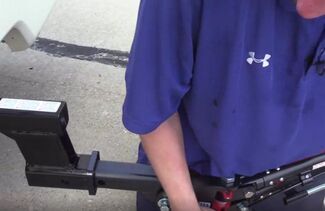
Step 3: Choose Deepest Hitch Depth
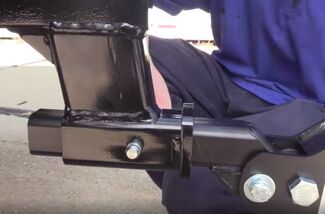
Step 4: Secure Tow Bar
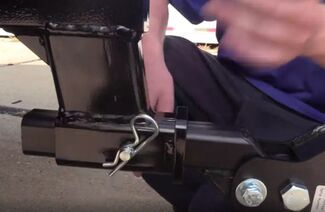
RV-Mounted Tow Bar Video Installation

Vehicle-Mounted Tow Bar Installation
Flat Towing Tip:
Install a Crossbar Vehicle-Mounted Tow Bar
Step 1: Attach Tow Bar Brackets
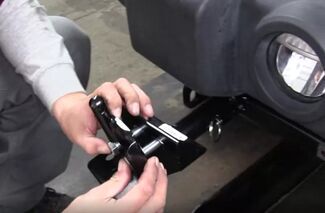
Step 2: Dry Fit Crossbar to Brackets
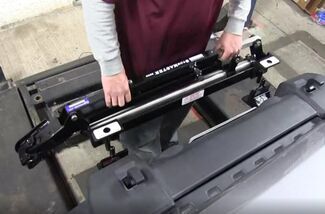
Step 3: Tighten Bracket Bolts
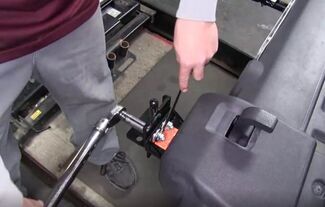
Step 4: Place Tow Bar on Brackets
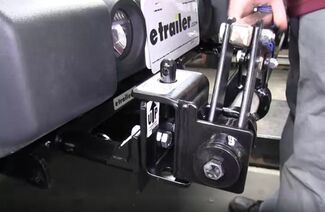
Step 5: Secure Tow Bar
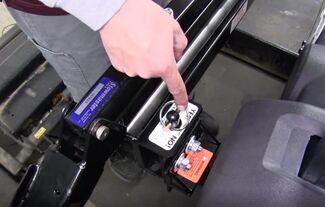
Vehicle-Mounted Crossbar Tow Bar Video Installation
Install Direct Connect Vehicle-Mounted Tow Bar
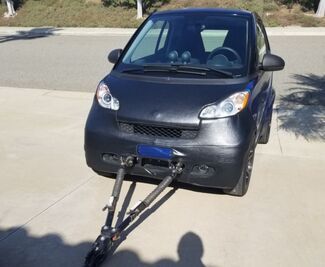
Step 1: Prepare the Tow Bar
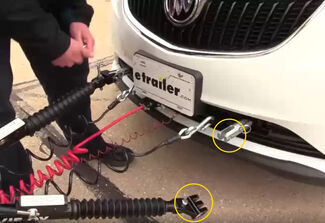
Step 2: Position Tow Bar Arm with Base Plate
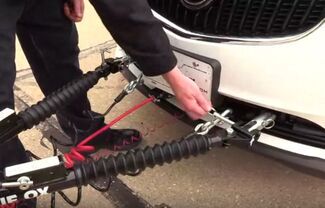
Step 3: Connect Tow Bar Arm to Base Plate
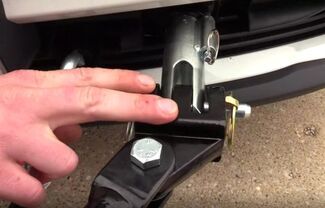
Step 4: Secure Locking Pin
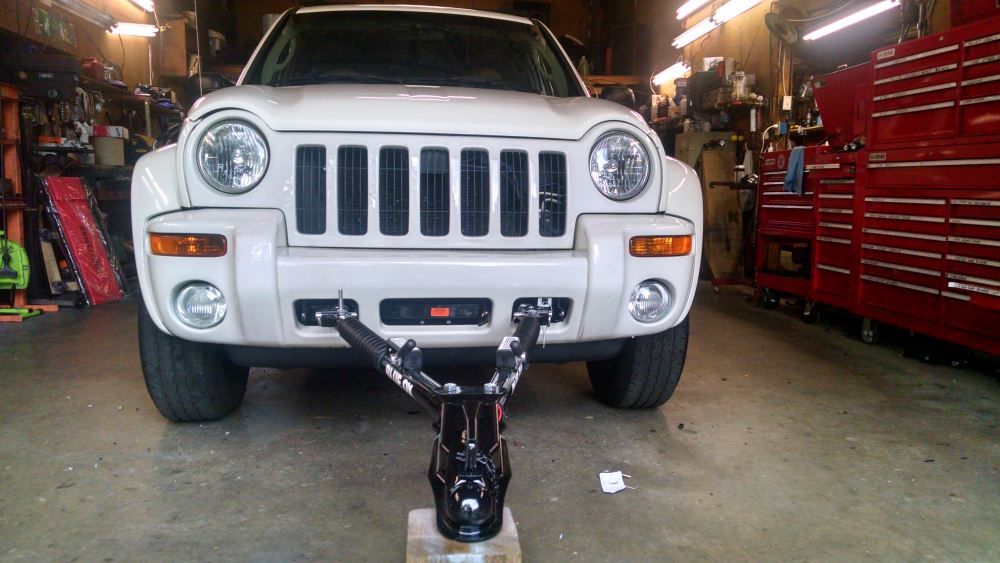
Step 5: Repeat Steps 2 through 4
Vehicle-Mounted Direct Connect Tow Bar Video Installation
Learning How to Flat Tow Article Series
Helpful Flat Towing Information
What Is Needed to Flat Tow?
Note on Base Plate Compatibility
Departments
Towing
- Trailer Hitch
- Fifth Wheel
- Gooseneck
- Towing a Vehicle
- Front Hitch
- RV Hitch
- ATV Hitch
- HD Truck Hitch
- Vehicle Wiring
- Brake Controller
- Ball Mounts
- Weight Distribution
Sports and Recreation
Trailer Parts
- Utility Trailer
- Boat Trailer
- Landscape Trailer
- Enclosed Trailer
- 5th/Camper Trailer
- Car Hauler
- Horse Trailer
Vehicle
Contact & Help

What our customers are saying:
"Very helpful/friendly Customer Service. Competitive Pricing. Shipping was Fast."
John
Mankato, MN
Popular Vehicles
- Subaru Forester
- Ford F-350 Super Duty
- Ford F-250 Super Duty
- Chevrolet Silverado 1500
- Jeep Wrangler Unlimited
- Jeep Wrangler
- Ram 3500
- Toyota Highlander
- Ram 2500
- Chevrolet Silverado 2500
- Subaru Outback Wagon
- Chevrolet Silverado
- Dodge Ram Pickup
- GMC Sierra 2500
- Ram 1500
- Ford F-250 and F-350 Super Duty
- Jeep Grand Cherokee
- Toyota Tacoma
- GMC Sierra 3500
- Toyota Tundra
- Ford Escape
- More >>


























